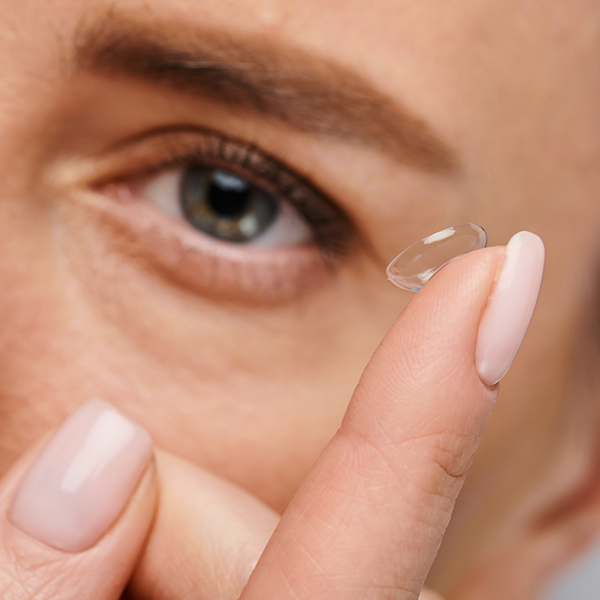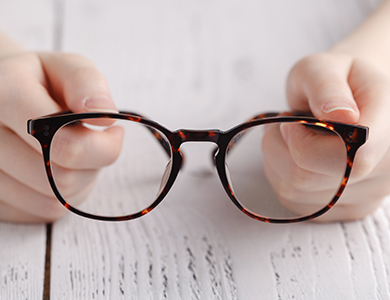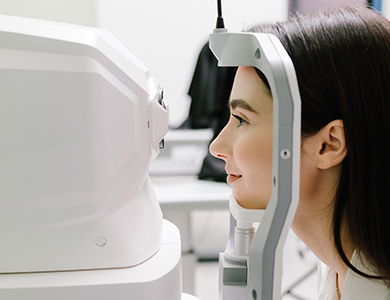If you’re over age 40 and have noticed increased difficulty seeing close up, you probably have a common age-related condition called presbyopia. This is basically when the eye’s natural lens loses the ability to focus on up-close objects. Individuals with presbyopia often need to hold reading materials at an arm’s length in order to see clearly. Reading glasses with bifocal or multifocal (progressive) lenses can also help.
If you have presbyopia, but don’t like the look or inconvenience of reading glasses, we’ve got some great news. Bifocal and multifocal lenses are now available in both soft as well as rigid gas permeable (RGP) contact lenses. Davich Optical is pleased to offer these types of lenses to help our patience enjoy convenience and optimal vision, regardless of distance.
Bifocal vs. Multifocal Lenses
Bifocal lenses are made up of two sections, each of which feature different corrective powers – one for distance vision and the other for near vision. These lenses enable wearers to switch focus from near to far as needed.
The term multifocal lenses can refer to any lenses that feature multiple powers including bifocals, trifocals or progressive lenses. Non-bifocal multifocal lenses feature a range of powers that enable the wearer to constantly adjust focus to see clearly from up close to far and in between.
Multifocal contact lenses provided added freedom over glasses and allow you to be able to view any direction – up, down and to the sides – with similar vision. Conversely, people wearing progressive lenses in glasses have to look over their glasses if they want to view upwards or into the distance.
Multifocal contact lenses are generally designed in one of two ways, as either simultaneous vision lenses or alternating vision lenses.
Simultaneous Vision Lenses
The most popular multifocal contact lens design is simultaneous vision. These lenses present both distance and near vision zones at the same time. After a short adjustment period, the eyes naturally adapt to utilize whichever segment of the lens is needed to focus on the desired object. Simultaneous vision multifocal lenses come in two designs: concentric ring and aspheric.
Alternating Vision Lenses
Similar to bifocal eyeglasses, these contacts are divided into distinct areas or zones to which the pupil will move, depending on the vision needs. Typically the top of the lens (what you look through when looking straight ahead) is for distance vision and the bottom area (what you look through when you look down) is for near vision. This can be reversed according to the unique vision needs of the wearer.
An Alternative Option to Multifocal Contact Lenses: Monovision
For those suffering from presbyopia who have difficulty adapting to multifocal lenses, monovision is another option. Monovision splits the distance and near vision between the eyes, using the dominant eye for seeing distance and the non-dominant eye for viewing close up. Modified monovision, through which both a single vision lens and a multifocal lens are used, is also an option. The doctor will perform a test to determine which type of lens is best suited for each eye and optimal vision.
Are bifocal or multifocal contact lenses right for you?
If you have presbyopia, contact lenses may be a great option for you. Many people prefer the look and convenience of contact lenses over traditional reading glasses. Give the team at Davich Optical a call. We’d be happy to discuss the options available to you.





